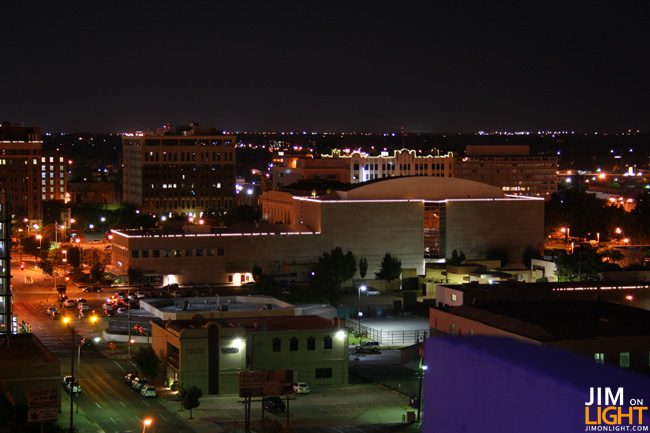
I have a very interesting view from my apartment. As you can imagine, since I’m typically only home after the sun goes down to appreciate it, I spend a lot of time gazing at the city, Oklahoma City. I have a great view of most of downtown from my 13th floor city view condo, and I have large windows that open to air, allowing me to get great unimpeded shots of the entire area.
I take a lot of pictures of downtown Oklahoma City – it is so interesting to me to watch the city go from sunset to artificial light, almost as if it has a beating heart that only comes alive at night. To watch the buildings flicker alive with their exterior illumination is like watching a giant living, breathing, feeling being come into its own each day as the sun goes to bed.
There is one thing that of course I would notice over all other beauty in my downtown view – poorly maintained architectural lighting. As such a fan of great design in lighting and architecture, when I see a building that generally has aesthetically pleasing features, and then I see those features slaughtered by poorly maintained exterior lighting. It’s kinda like falling in love with someone and getting dumped on your tukus for no reason – a major disappointment. That example might be a wee bit extreme, but I think I get the point across – bad architectural lighting makes a city look ugly.
I think this really comes down to light source choice when planning the exterior illumination design. As designers, we are responsible (at least in MY head) for choosing lighting that is going to not only support the architecture, but to accentuate it as well. This comes down to many things overall – and I think one of them is being well versed in the lamp life and longevity of both lamps and fixtures that we choose to add to buildings. If you choose poorly in your exterior lighting fixture and lamp choices, then your design is going to become the victim of maintenance.
Case in point: Oklahoma City’s Museum of Art – I have a clear view of the building from my apartment. What really sucks is that I don’t have a picture of the building with all of the architectural lighting working. I’ve lived in my apartment since mid-July 2010. Check out the building illuminated at night:
I’ve been on top of that building – changing the lamps in the architectural lighting atop the museum is not difficult because you can literally walk around and access most of the bases. However, there have to be several thousand lamps in that design (the lamps are a bit bigger than C-9’s), and changing them what seems to be at least bi-weekly seems to be the only way to have them all work.
Would you say that this lighting design is efficiently using maintenance’s time?
Here’s another look at the structure, this time less of them are burned out:
And another with more lamps out:
Another building in town that has interesting potential (and has a pretty good record for upkeeping the architectural lighting) is the OG&E building in downtown Oklahoma City. The OG&E building has a large swath of red fixtures lining the top of the building itself – I don’t know if they’re neon or just fluorescent with a red diffuser, but it’s generally an interesting look:
Now here’s the OG&E building when some of its fixtures are out:
Just doesn’t quite look the same, huh.
When you make design choices, always try to take into consideration what your work will look like when it’s not maintained. I think that the aspect of a poorly maintained lighting design isn’t always taken into consideration – which leads to bigger problems in the end.
Chew on THAT!

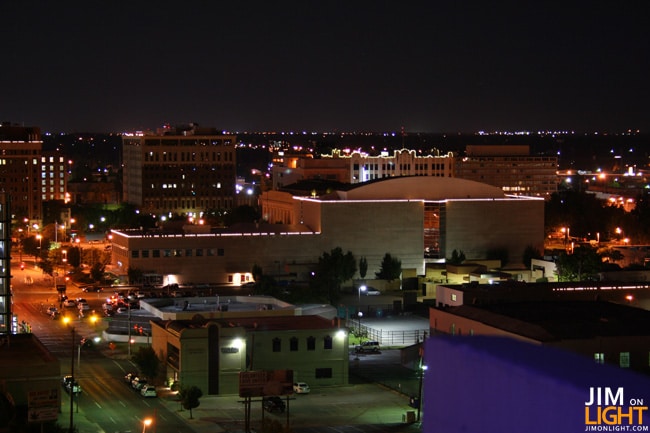

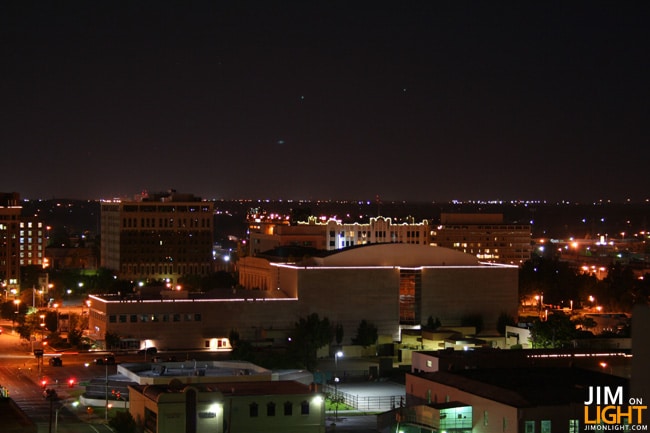

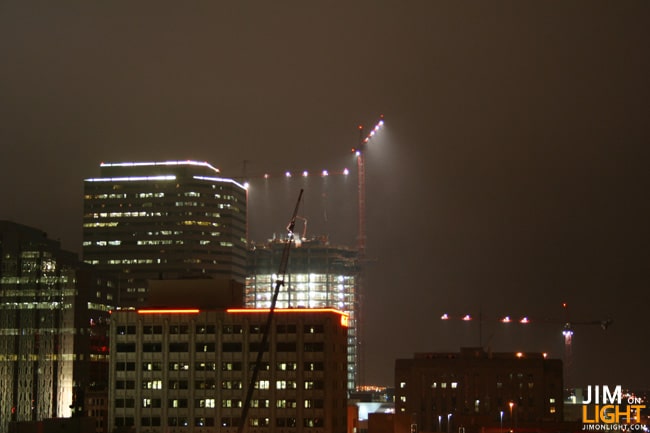


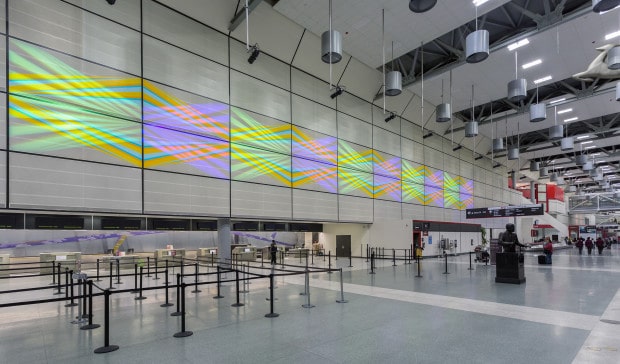
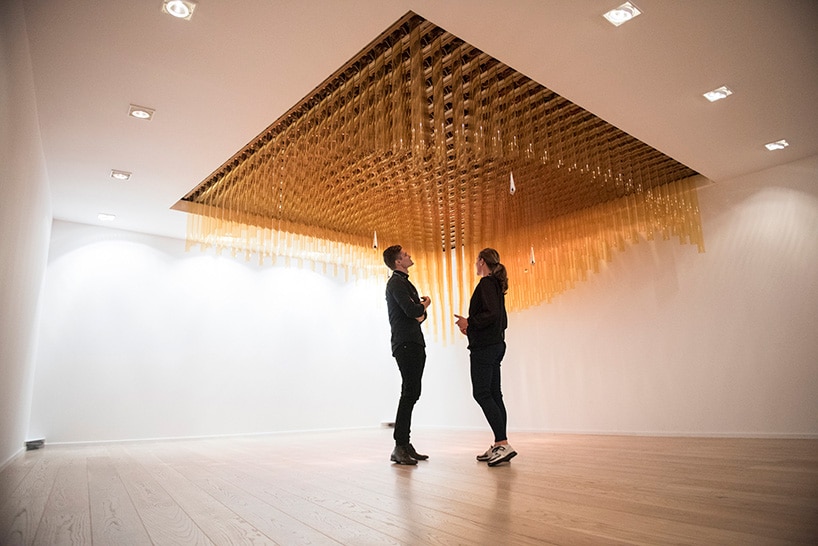

Comments are closed.